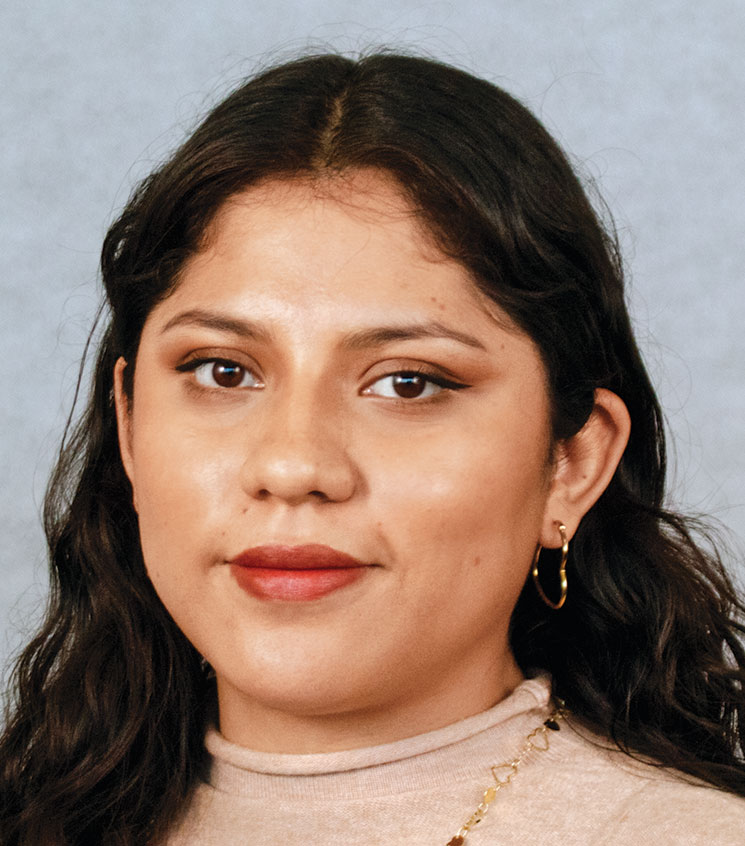
Government Reports on IMSS-Bienestar
 By Perla Velasco | Journalist & Industry Analyst -
Wed, 03/29/2023 - 16:43
By Perla Velasco | Journalist & Industry Analyst -
Wed, 03/29/2023 - 16:43
Zoé Robledo, Director General, IMSS, reported on IMSS-Bienestar advances and stated that the program will reach 68% of the population without health access by 2023.
According to Robledo, by the end of 2022, IMSS-Bienestar had reached 33% of the population with projections to grow to 39.8% by the end of 1Q23. The government intends to grow coverage to Oaxaca, Quintana Roo, Baja California, Tabasco, Chiapas and Durango in 2Q23, with the aim of reaching 56.5% coverage. By 3Q23, the program will add Mexico City, Aguascalientes and Puebla to cover 68.1% of the population.
Robledo said medical personnel and medication supply has increased in the states where IMSS-Bienestar operates. At the moment, the program reaches 11 federal entities and works with 4,704 specialist doctors. The government plans to bring healthcare to 66.4 million people that have no health coverage. “We started with a program that served 11 million people, 17% of the total population without social security. By the end of 2022, we were present in nine states: Nayarit, Tlaxcala, Colima, Sonora, Sinaloa, Baja California Sur, Veracruz, Guerrero and Campeche,” said Robledo at López Obrador’s morning conference.
Improved access to healthcare is largely attributed to the availability of social security and public social protection institutions, according to CEPAL. One such institution is the former Seguro Popular, which has now transformed into IMSS-Bienestar.
Social security was the predominant form of access to healthcare between 1992 and 2006 with an average of 97.3%. This figure started to drop in 2006 to only 63.2% by 2008. In rural areas, access to healthcare through social security fell from 97.8% in 2006 to only 32.5% in 2008. Between 2008 and 2018, the average was only 28.5%. Urban areas showed a reverse trend, with an increase of 6% between 2008 and 2018, with an average of 52% in this period, reaching 55% in 2018.
The gap in healthcare access between rural and urban areas widened significantly as access to healthcare through social security in rural areas decreased by almost half in comparison to urban areas. “The greatest disparities affect mostly indigenous households, adults over 60 years old, households in the three lowest per capita income deciles, rural households and poor households, all of whom have less access to healthcare through social security,” reads the study.
















